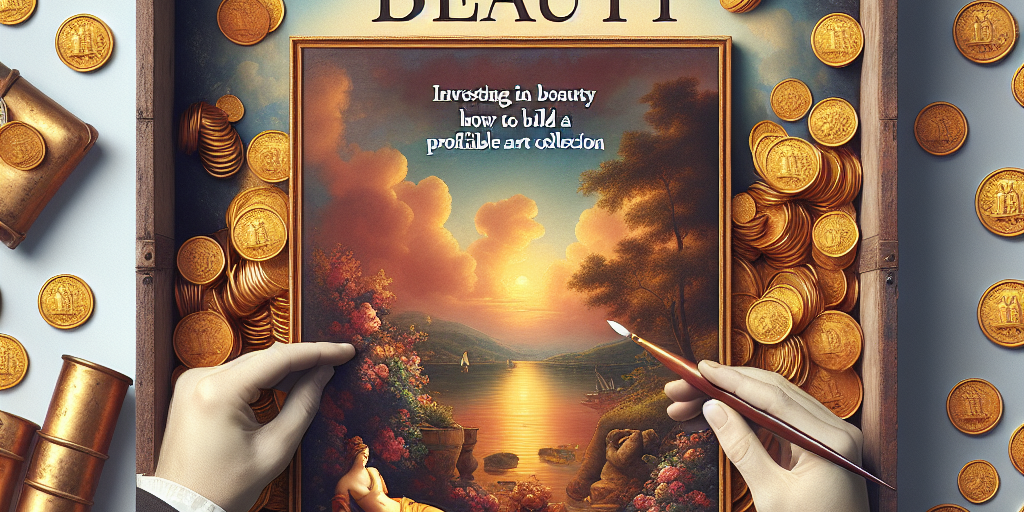Investing in beauty is an age-old practice that has been popular among the affluent for centuries. While some view art as simply a decorative element for their homes, others see it as a lucrative investment opportunity. Building a profitable art collection can be a rewarding and profitable endeavor, but it requires careful research, diligence, and a keen eye for art.
The first step in building a profitable art collection is to do thorough research. Get to know the art market, trends, and emerging artists. Attend art fairs, galleries, and auctions to get a feel for the current landscape of the art world. It’s also important to educate yourself on different art styles, mediums, and movements. Understanding the history and context of different artists and artworks can help you make informed decisions when purchasing pieces for your collection.
When it comes to investing in art, it’s important to consider the potential for appreciation in value. Look for emerging artists whose work is gaining recognition and popularity in the art world. Investing in up-and-coming artists can be a more affordable way to build a collection that has the potential for significant growth in value over time. Additionally, consider diversifying your collection by collecting artworks from different genres, periods, and mediums to minimize risk and maximize potential returns.
Building relationships with art dealers, galleries, and collectors can also be beneficial when building a profitable art collection. These connections can provide you with insider information on upcoming auctions, exhibitions, and art market trends. Networking within the art community can also help you discover new artists and opportunities to add valuable pieces to your collection.
When purchasing artworks for your collection, it’s important to consider factors such as provenance, condition, and authenticity. Ensure that the artwork comes with proper documentation and authentication to verify its authenticity and provenance. Additionally, consider investing in artwork conservation to maintain the value and quality of your collection over time.
Finally, it’s essential to have a long-term strategy when building a profitable art collection. Art investments can take time to appreciate in value, so patience is key. Keep abreast of market trends, stay informed, and be willing to adapt your collection based on changing tastes and preferences in the art world.
In conclusion, investing in beauty through building a profitable art collection can be a rewarding and lucrative endeavor. By doing thorough research, educating yourself on the art world, and building strategic relationships within the art community, you can build a collection that not only adds beauty to your home but also provides a potential for significant financial returns. With careful planning and diligence, investing in art can be a fulfilling and profitable experience.







